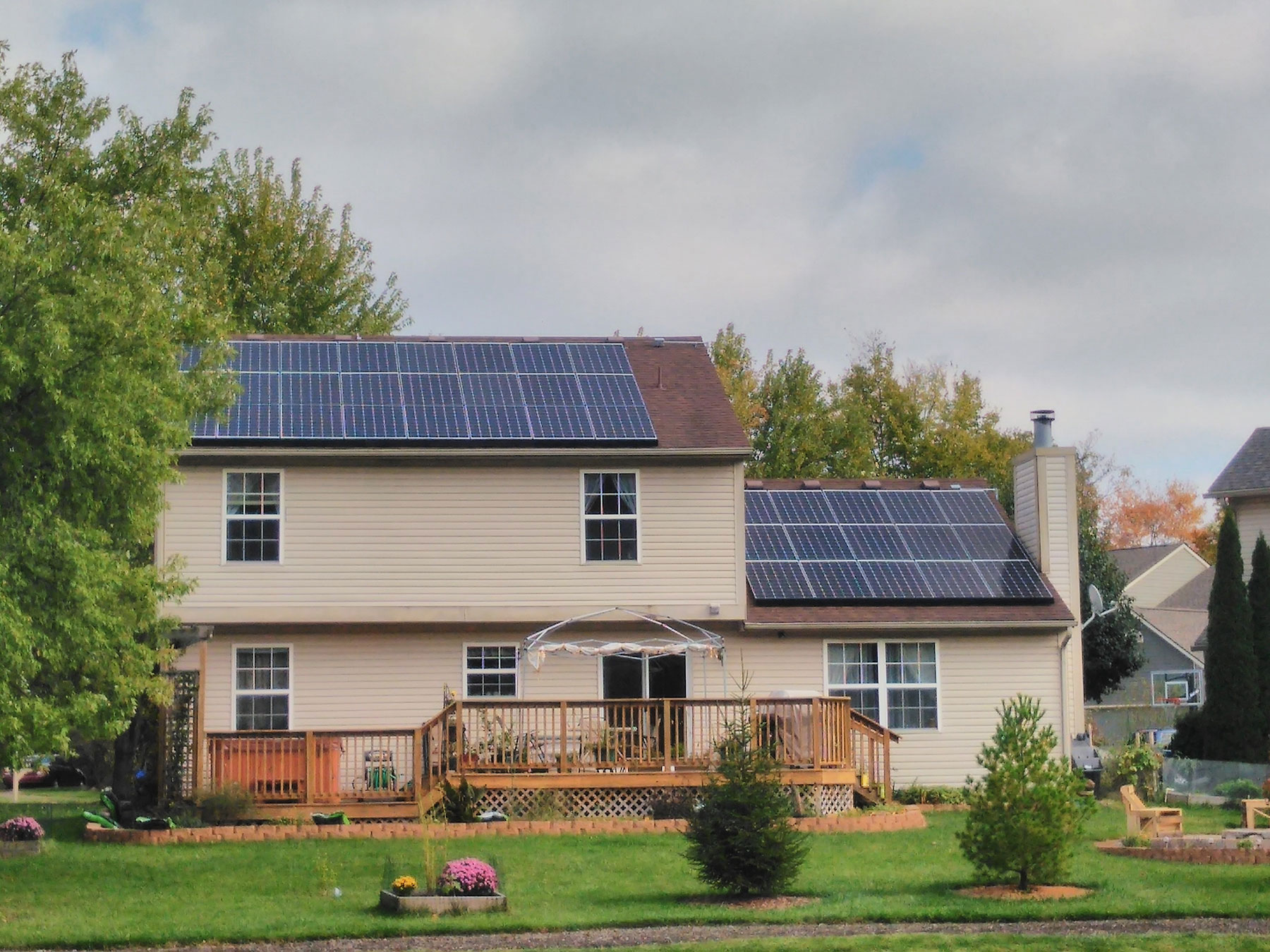As the desire for solar production increases and the uncertainty of a grid-based system becomes more relevant in an era of outages and long-term maintenance issues, people are becoming more curious about the idea of Lithium-Ion batteries and the storage capabilities in the home. Battery production is increasing, efficiency is improving, and prices are coming down, especially with the influx of electric vehicles hitting the market. It has us wondering then, how can this same technology be implemented into a home for energy storage there?
There are some differences in the types of inverters and batteries used in each solar system, and you can learn more about those specific differences in another article that explores AC vs DC-based battery options. Efficiency within these storage systems is different, you may have multiple manufacturers, and the capabilities for back-up usage can change depending on the additional technology installed in the home.
Solar energy is captured from the sun in DC form through the solar panel itself. If you have a DC-coupled inverter and battery, then that power goes straight to the battery without having to make the inversion to AC. You save energy when you do not have to make that inversion. When you need the power in the home (say, at night or during cloud cover), your battery will release the energy and convert it to AC to power specific circuits or the whole home itself.
Storing the excess energy from solar can assist a homeowner in multiple ways. First, the home has back-up power in the case of an outage. Second, the battery will function in a way that is called “grid-shaving”. Essentially, if you do not want to purchase energy from the grid at a specific time of night or on a cloudy day, you can drain down the battery instead. Because you have stored that energy on a sunny day for “free”, you have saved on your electric bill and that adds up over time to be a significant dollar amount, especially when you consider the lifetime of a typical solar installation is 25+ years.
There are several factors that will help you determine the right battery cabinet and correlating solar system for your home. If your home rarely has power outages and your utility offers net-metering, then it may not even be cost-effective to install a battery cabinet at this point. However, there are several people who set up an initial system to be “battery-ready”. That way, when the time comes, all you do is plug in a battery cabinet and go. You could make that decision when battery pricing goes down, when they become more efficient, or when you find yourself in a position to need back-up power.
To build this strategy, it is especially important to have a conversation with an energy advisor. A professional can walk you through options and discuss how each type of battery system works. Then you’ll be able to make an informed decision and build that long-term plan.





